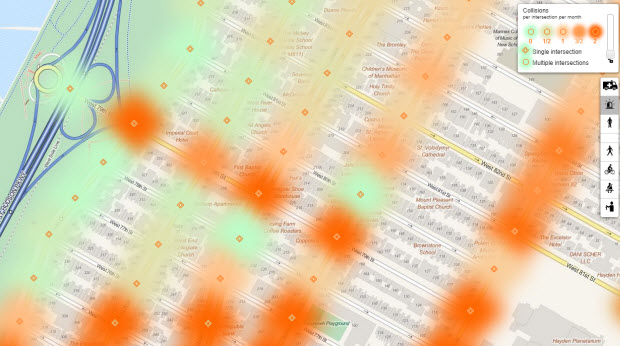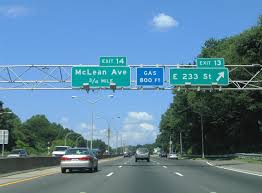 Gair, Gair, Conason, Rubinowitz, Bloom, Hershenhorn, Steigman & Mackauf, a top New York Personal Injury law firm is proud to announce that it has been selected by the National Law Journal and Law.com this year to be part of the Top 50 list of America’s Elite Trial Lawyers.
Gair, Gair, Conason, Rubinowitz, Bloom, Hershenhorn, Steigman & Mackauf, a top New York Personal Injury law firm is proud to announce that it has been selected by the National Law Journal and Law.com this year to be part of the Top 50 list of America’s Elite Trial Lawyers.
The 50 personal injury firms selected for this list have been doing the most creative and substantial work on the plaintiff side.
To qualify for inclusion, firms had to have scored at least one significant plaintiffs win between Jan. 1, 2013, and June 30, 2014, and possess an impressive track record of wins within the past three to five years. A “significant win” meant prevailing in a bench or jury trial or in a major settlement where the stakes were high-for example, a substantial amount of money was at stake or the outcome could have affected litigation strategy or results in similar cases nationally. Also, firms had to devote at least 50 percent of their litigation resources to plaintiffs work and derive half or more of their revenue from plaintiffs-side activities. Firms with higher percentages of plaintiffs-side work were considered.
 New York Personal Injury Attorneys Blog
New York Personal Injury Attorneys Blog


 After visiting a friend at the Emergency Room of the New York Presbyterian/Columbia Medical Center Hospital in Washington Heights in Manhattan, Senator Adriano Espaillat University said he was outraged by the horrendous conditions patients and staff had to deal with. People are lying on stretchers in the hallways, there is no privacy, the staff is overwhelmed, patients are waiting 85 minutes to see a doctor on average and 717 minutes to get a room.
After visiting a friend at the Emergency Room of the New York Presbyterian/Columbia Medical Center Hospital in Washington Heights in Manhattan, Senator Adriano Espaillat University said he was outraged by the horrendous conditions patients and staff had to deal with. People are lying on stretchers in the hallways, there is no privacy, the staff is overwhelmed, patients are waiting 85 minutes to see a doctor on average and 717 minutes to get a room.
 For reasons that are unknown so far, a 63 year old man drove the wrong way on the exit ramp of the Major Deegan Expressway at W. 233rd Street in the Bronx, NYC and was killed after he crashed into a NY Department of Sanitation truck. The man died at the scene of the accident and the truck driver who suffered from back pain was transported to a close-by hospital.
For reasons that are unknown so far, a 63 year old man drove the wrong way on the exit ramp of the Major Deegan Expressway at W. 233rd Street in the Bronx, NYC and was killed after he crashed into a NY Department of Sanitation truck. The man died at the scene of the accident and the truck driver who suffered from back pain was transported to a close-by hospital.